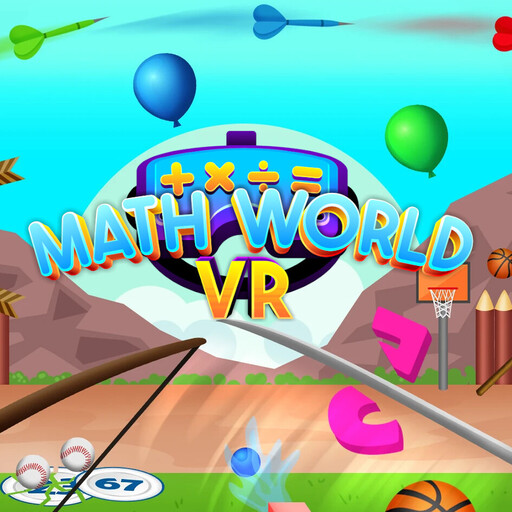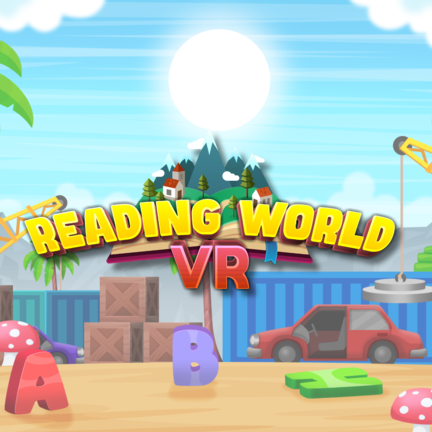In the ever-evolving landscape of education, game-based learning and traditional learning methods are often pitted against each other. As educators and parents, it’s essential to understand the strengths and limitations of each approach to make informed decisions. In this article, we will delve into the world of game based learning and traditional learning methods, comparing their effectiveness and impact on students.
What is Game Based Learning?
Game-based learning (GBL) is an innovative educational approach that incorporates games into the learning process. Through interactive gameplay, students can acquire new skills, solve problems, and engage with educational content in a fun and motivating environment. GBL often includes elements such as points, badges, leaderboards, and challenges to keep students engaged.
What are Traditional Learning Methods?
Traditional learning methods, on the other hand, have been the backbone of education for centuries. This approach typically involves teacher-led instruction, where students passively receive information through lectures, textbooks, and worksheets. Assessments such as exams and quizzes are used to evaluate students’ understanding and retention of the material.
Engagement and Motivation
One of the most significant advantages of game based learning is its ability to engage and motivate students. Games are inherently engaging, and when educational content is woven into gameplay, students are more likely to be invested in their learning. Traditional learning methods, while effective for some, can often be monotonous and fail to capture the attention of all students.
Customization and Personalization
Game-based learning often allows for customization and personalization. Games can adapt to a student’s skill level, providing challenges that are neither too easy nor too difficult. This contrasts with traditional learning methods, which often follow a one-size-fits-all approach, making it challenging to cater to the diverse needs of all students.
Learning by Doing
GBL encourages learning by doing, which is often more effective than passive learning. Through games, students can experiment, make mistakes, and learn from them in a low-stakes environment. Traditional learning methods, however, often discourage mistakes and focus on memorization rather than practical application.
Collaboration and Social Skills
Many educational games encourage collaboration, where students work together to solve problems or complete challenges. This not only enhances learning but also helps in developing social skills. In contrast, traditional learning methods are often individualistic, with limited opportunities for collaboration.
Assessment and Feedback
Game-based learning often includes immediate feedback and assessment. Students can see the consequences of their actions and understand where they went wrong. Traditional assessments, such as exams, are often delayed, and the feedback may not always be constructive.
The Role of the Teacher
In game-based learning, the role of the teacher shifts from being the primary source of information to a facilitator or guide. In traditional learning, the teacher is often the center of the classroom, and students rely heavily on them for information.
- From Instructor to Facilitator: Instead of being the primary source of knowledge, teachers set the stage for students to explore and discover through gameplay. They provide context, tools, and resources, guiding students rather than instructing them directly.
- Encouraging Autonomy: Game-based learning promotes student autonomy. Teachers support this by allowing students to make decisions, face challenges, and navigate their learning journey, stepping in only when guidance is necessary.
- Feedback and Assessment: While games offer built-in feedback, teachers translate these into educational insights, identifying areas of strength and improvement for each student.
- Promoting Collaboration: Teachers use games as tools to foster collaboration, encouraging students to share strategies, discuss challenges, and learn collectively.

Integrating Game-Based Learning in Home Education
In the current digital era, where online classes and e-learning platforms are becoming the norm, the home has transformed into a primary educational space for many. While digital tools offer convenience and a vast array of resources, the essence of game-based learning can further enhance the home learning experience.
Why Game-Based Learning at Home?
- Personalized Learning Paths: Every learner is unique. Game-based learning allows for customization, ensuring that each individual’s learning journey caters to their pace and interests.
- Family Involvement: Integrating games into learning can turn education into a family activity. Parents and siblings can participate, fostering a collaborative and supportive learning environment.
- Balancing Screen Time: While digital games are popular, board games, card games, and physical activities with educational twists can be a great way to reduce screen time while still engaging in game-based learning.
- Building Life Skills: Beyond academic knowledge, games often require strategic thinking, patience, teamwork, and problem-solving. These skills are invaluable in real-life scenarios and can be nurtured effectively through game-based learning at home.
The Future of Digital Education with Game-Based Learning
As the digital landscape continues to evolve, educators and institutions are constantly seeking innovative methods to enhance the learning experience. Game-based learning stands out as a pioneering approach, bridging the gap between entertainment and education. With the rise of technology-savvy generations, GBL offers an interactive platform that resonates with the digital natives, making learning not just informative but also enjoyable. By integrating gaming mechanics with educational content, GBL ensures that learners are not just passive recipients but active participants in their educational journey. As we move forward, the fusion of gaming and education promises a brighter, more engaging future for digital education.
The Verdict
So, which method reigns supreme? The answer is not black and white. Game based learning offers numerous benefits, especially in terms of engagement and personalization. However, traditional learning methods have stood the test of time for a reason. They can be particularly effective in teaching foundational knowledge.
The key is to find a balance. Blending game-based learning with traditional methods can offer students the best of both worlds. By incorporating games into the curriculum while also maintaining structured lessons, educators can create a dynamic, engaging, and effective learning environment.
As education continues to evolve, it is essential for educators and parents to be open to new methods while also valuing the tried and true. Game-based learning and traditional learning methods can complement each other, creating a rich and diverse educational experience for students of all ages.








